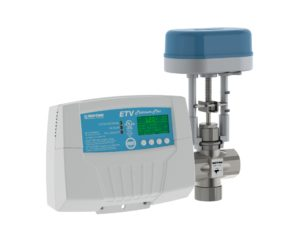2020 HVAC Trends – Commercial Energy Management is Getting Hotter

As an HVAC industry professional, its important to know where to put your limited time and resources when it comes to learning and adopting new strategies that will grow your businesses. It turns out that big national industry trends related to energy usage and technology do eventually trickle down to the guys on the service trucks. If you’re not up to speed, you’ll never be able to service the bigger more lucrative fish in your pond. But in 2020, what energy management strategies will make a difference in the commercial markets served by most commercial HVAC contractors? What Is Hot in Energy Management? It’s no secret that the manufacturing and industrial sectors have generally paved the way when it comes to energy management strategies. The reasons for this are fairly obvious as energy usage has a huge impact on their operating costs. Solutions to high energy costs have included the usual cast of characters including: Negotiating energy costs directly with utility
